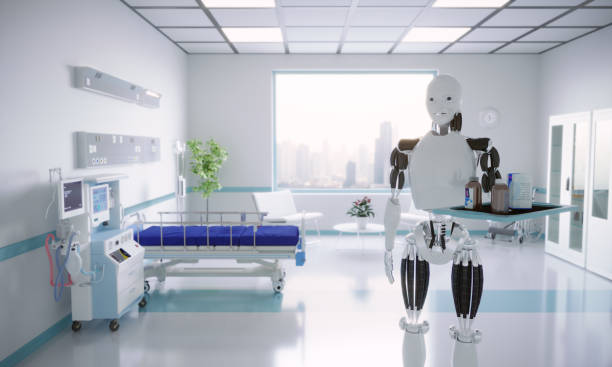Fostering Innovation in Hospital Design: Future Trends and Strategies for 2024

Fostering Innovation in Hospital Design: Future Trends and Strategies for 2024
Introduction
As healthcare continues to evolve, so does the importance of hospital design in enhancing patient care, staff efficiency, and overall hospital operations. Looking ahead to 2024, healthcare executives must embrace innovative design strategies that respond to emerging trends and challenges in healthcare delivery. This blog explores key trends in hospital design and strategic approaches for integrating these innovations to create more effective healthcare environments.
Emerging Trends in Hospital Design
Modern hospital design goes beyond aesthetic appeal, focusing on functionality, patient experience, and adaptability to technological advancements. Here are some of the significant trends that are shaping the future of hospital design:
- Patient-Centric Spaces:
- Designing with a patient-first approach, which includes creating environments that promote healing through natural light, noise control, privacy, and comfort. These elements contribute to reducing stress and enhancing patient recovery.
- Flexible and Scalable Designs:
- Implementing modular and adaptable designs that can quickly transform to meet changing healthcare needs, such as during pandemics or other health crises. This flexibility is crucial for rapid response and efficient care delivery.
- Integration of Green Spaces:
- Incorporating biophilic design elements, such as indoor gardens and green walls, which have been shown to reduce stress and improve patient and staff well-being.
- Advanced Technology Integration:
- Designing spaces that can accommodate emerging technologies such as telehealth facilities, robotic surgery units, and AI-driven diagnostic tools, ensuring the infrastructure supports these advancements without disruptive renovations.
- Enhanced Collaboration Areas:
- Creating collaborative workspaces for medical staff promotes teamwork and communication, essential for multidisciplinary care approaches. These spaces can facilitate discussions, consultations, and strategic planning more effectively.
Strategies for Implementing Innovative Hospital Design:
- Conduct Needs Assessments:
- Engage with patients, staff, and stakeholders to gather insights into their needs and expectations from the hospital environment. This feedback is invaluable in guiding design decisions that truly respond to user needs.
- Prioritize Flexibility in Design Planning:
- Plan for hospitals that can adapt to different medical functions and fluctuating patient volumes. Invest in movable walls, convertible rooms, and multi-purpose furniture to accommodate these changes seamlessly.
- Adopt Sustainable Building Practices:
- Utilize sustainable materials and energy-efficient designs to minimize environmental impact. Consider features such as solar panels, energy-efficient HVAC systems, and water-saving fixtures.
- Implement Smart Hospital Concepts:
- Integrate smart technologies that enhance building management and patient care. These might include automated patient monitoring, energy management systems, and digital wayfinding solutions.
- Focus on Infection Control:
- Design spaces with optimized airflow, enhanced sanitation stations, and surfaces that are easy to clean. These design choices can significantly reduce the spread of infections.
- Collaborate with Design Experts:
- Work with architects and interior designers who specialize in healthcare facilities to ensure that the designs are innovative, functional, and compliant with health regulations.
Challenges in Innovative Hospital Design:
- Cost Implications: Innovative designs often come with higher initial costs, though they can lead to savings and efficiencies in the long run.
- Regulatory Compliance: Ensuring that designs meet all health and safety regulations can complicate the innovation process.
- Balancing Innovation with Practicality: Finding a balance between cutting-edge design and practical, functional applications in a hospital setting can be challenging.
Conclusion
Innovative hospital design plays a crucial role in the evolution of healthcare facilities. By adopting forward-thinking design strategies, healthcare executives can ensure their hospitals are well-equipped to deliver superior patient care and adapt to future healthcare challenges.
Call to Action
Healthcare leaders should start by evaluating their current facilities and considering potential renovations or new constructions that incorporate these innovative design trends. Partnering with design firms that understand the unique dynamics of healthcare facilities will be essential to successfully implement these strategies.
